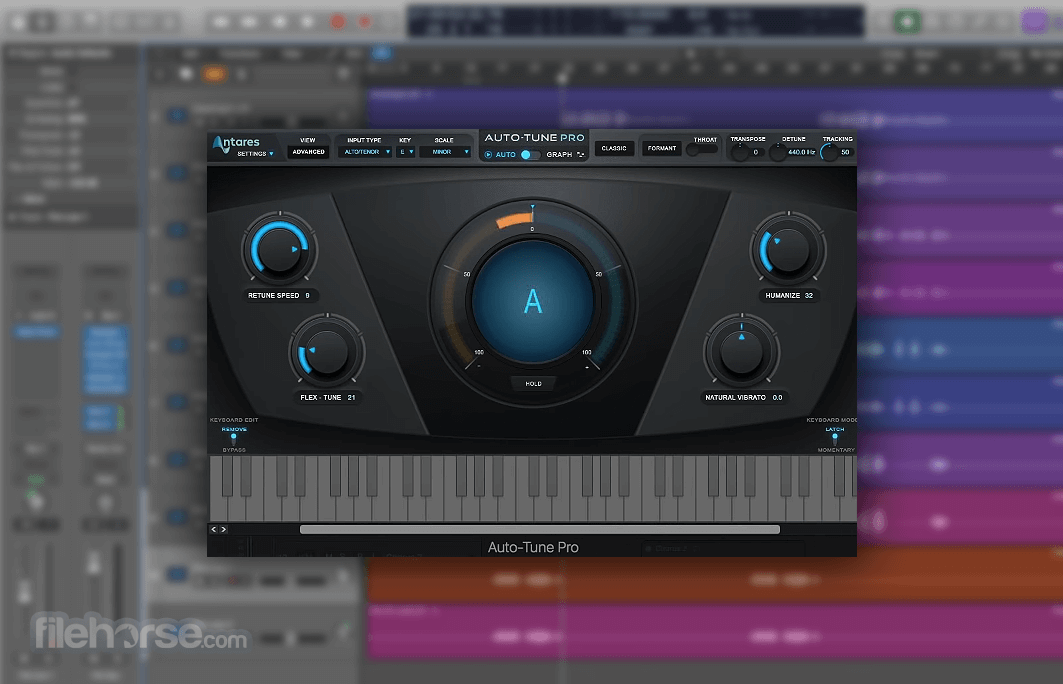

#Cracked steam for mac cracked
The overhead stream from the depropanizer tower consists of all the C3's that were in the cracked gas stream. the bottom stream from the de-ethanizer tower goes to the depropanizer tower.The product ethylene is taken from the overhead of the tower and the ethane coming from the bottom of the splitter is recycled to the furnaces to be cracked again If the partial pressure of acetylene is expected to exceed these values, the C2 stream is partially hydrogenated. The C2 stream contains acetylene, which is explosive above 200 kPa (29 psi). The overhead stream from the deethanizer tower consists of all the C2's that were in the cracked gas stream.


Cryogenically (−250 ☏ (−157 ☌)) treating this overhead stream separates hydrogen from methane. The overhead stream from the demethanizer tower consists of all the hydrogen and methane that was in the cracked gas stream.

After the cracking temperature has been reached, the gas is quickly quenched to stop the reaction in a transfer line heat exchanger or inside a quenching header using quench oil. The reaction occurs rapidly: the residence time is on the order of milliseconds. Typically, the reaction temperature is very high, at around 850 ☌. In steam cracking, a gaseous or liquid hydrocarbon feed like naphtha, LPG, or ethane is diluted with steam and briefly heated in a furnace in the absence of oxygen. Steam cracking is the core technology that supports the largest scale chemical processes, i.e. Olefins are useful precursors to myriad products. The main differences between each of them concerns the catalyst employed, design of the reactor and strategies to achieve higher conversion rates. The propane dehydrogenation process may be accomplished through different commercial technologies.
#Cracked steam for mac cracker
Steam cracker units are facilities in which a feedstock such as naphtha, liquefied petroleum gas (LPG), ethane, propane or butane is thermally cracked through the use of steam in steam cracking furnaces to produce lighter hydrocarbons. It is the principal industrial method for producing the lighter alkenes (or commonly olefins), including ethene (or ethylene) and propene (or propylene). Steam cracking is a petrochemical process in which saturated hydrocarbons are broken down into smaller, often unsaturated, hydrocarbons. Steamcracker II at the BASF site in Ludwigshafen/Germany


 0 kommentar(er)
0 kommentar(er)
